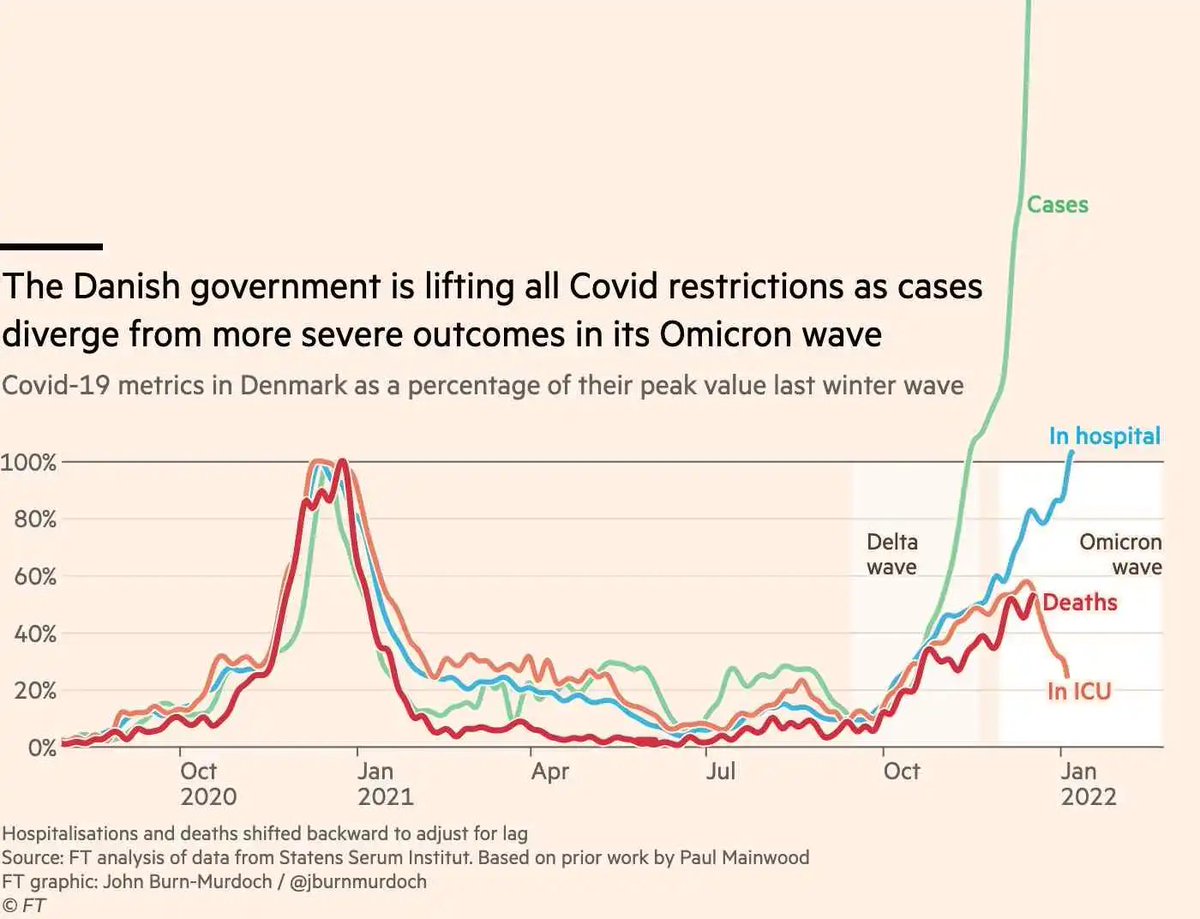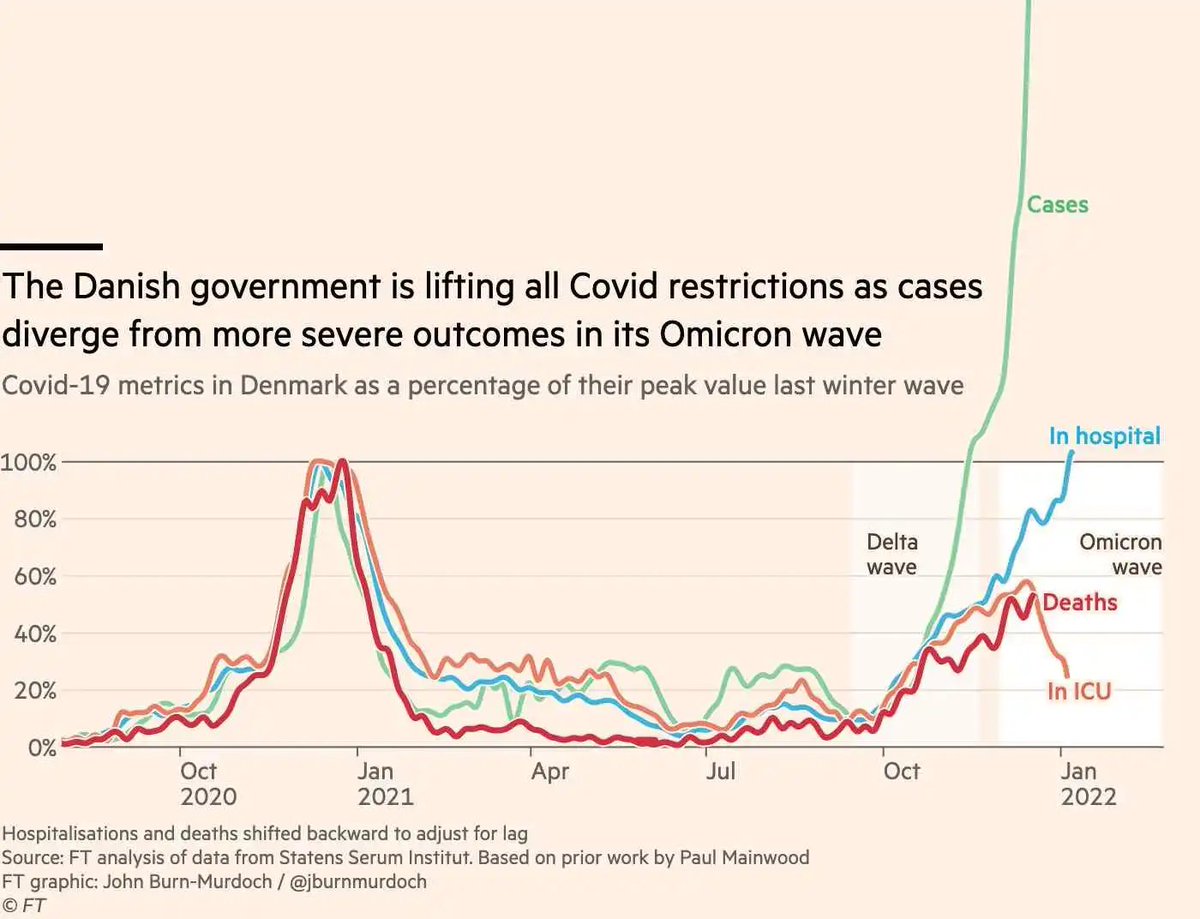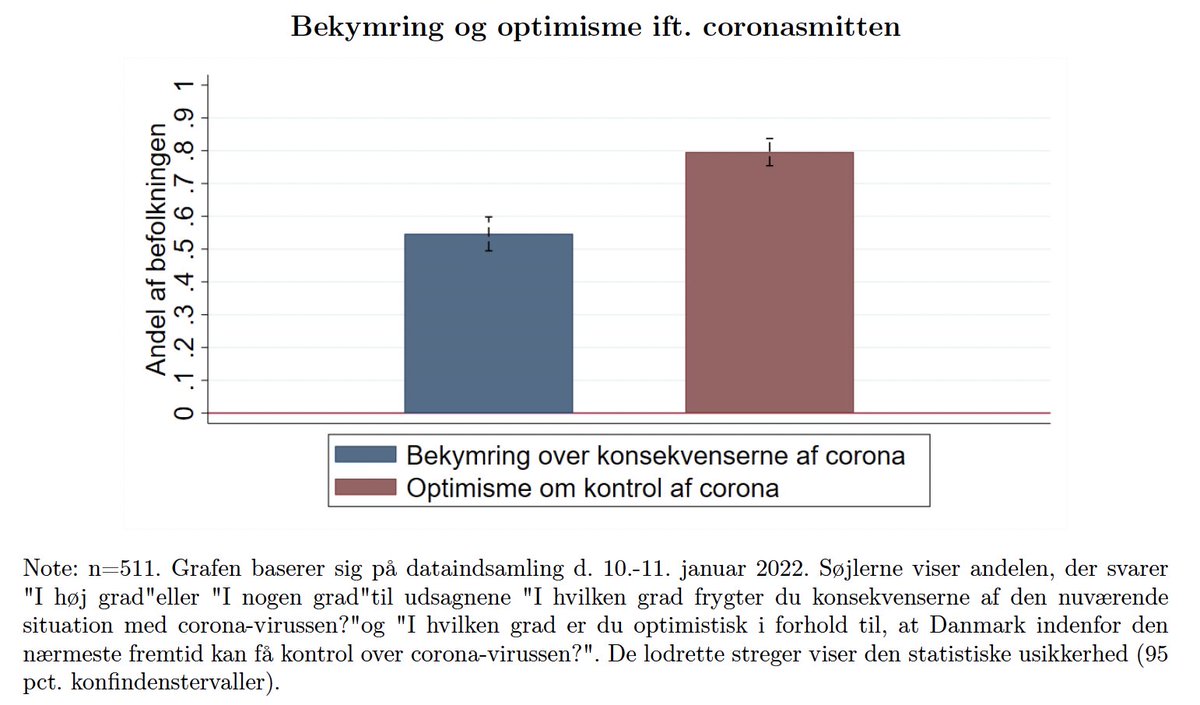
Twitter is so terrible because with social media even the illiterate masses get to voice their views, right?
Wrong.
In a new preprint, we find that the most hateful in political discussions are more resourceful: Engaged, efficacious & educated: psyarxiv.com/tp93r/
🧵(1/10)
Wrong.
In a new preprint, we find that the most hateful in political discussions are more resourceful: Engaged, efficacious & educated: psyarxiv.com/tp93r/
🧵(1/10)

We obtained US survey participants' Twitter IDs in order to connect their psychological & political profile to Twitter activity (N=2012). In addition to toxicity & sentiment, we assessed their tweets' level of political hate with this classifier: psyarxiv.com/8m5dc/. (2/10)
Our preferred measure ("political hate") is significantly predicted by political engagement, political interest, internal efficacy and education. For toxicity and sentiment, results are in the same direction. We see no evidence that hostility is higher among the unengaged. (3/10) 

The classical expectation in political science is that efficacy and education are the "universal solvents" that turn people into "model democratic citizens". But this is not so here. We conjecture that this could reflect the current context of polarized US politics. (4/10)
We estimated interactions between our predictors and affective polarization. Indeed, engagement only breeds hate among those who held affectively-charged negative views of the opposing party. Engagement fuels hate, rather than democratic citizenship, in polarized contexts. (5/10) 

To get at causality, we use that (1) we have tweets over time and (2) our measure of "political hate" can be separated into two vectors of "hate" and "politics". As people tweet more about the politics, their tweets also become more hateful, toxic and negative over time. (6/10) 

But does this matter? As long as the hateful is a small minority, locked into their own echo chamber, they can fight all they want, right? The problem is that they are not. The hateful tweet more, have more followers and follow more account themselves (7/10). 

As consequence, those high in hate are much more interconnected to everybody else & much more visible than those low in hate. As argued elsewhere, this increased visibility is exactly what causes social media to be felt as such toxic places (cambridge.org/core/journals/…). (8/10) 

In sum, Twitter is not hostile because the platform democratizes access to politics. Rather, it is because engaged, efficacious & educated individuals, polarized by current politics, use Twitter to spew hate from their privileged network positions, for everyone to see. (9/10)
The paper and analyses was led by @stighebbelstrup together with @Osmundsen_M, as part of the @ROPHproject. Note that this is an unreviewed preprint. Comments are most welcome! (10/10)
• • •
Missing some Tweet in this thread? You can try to
force a refresh
















